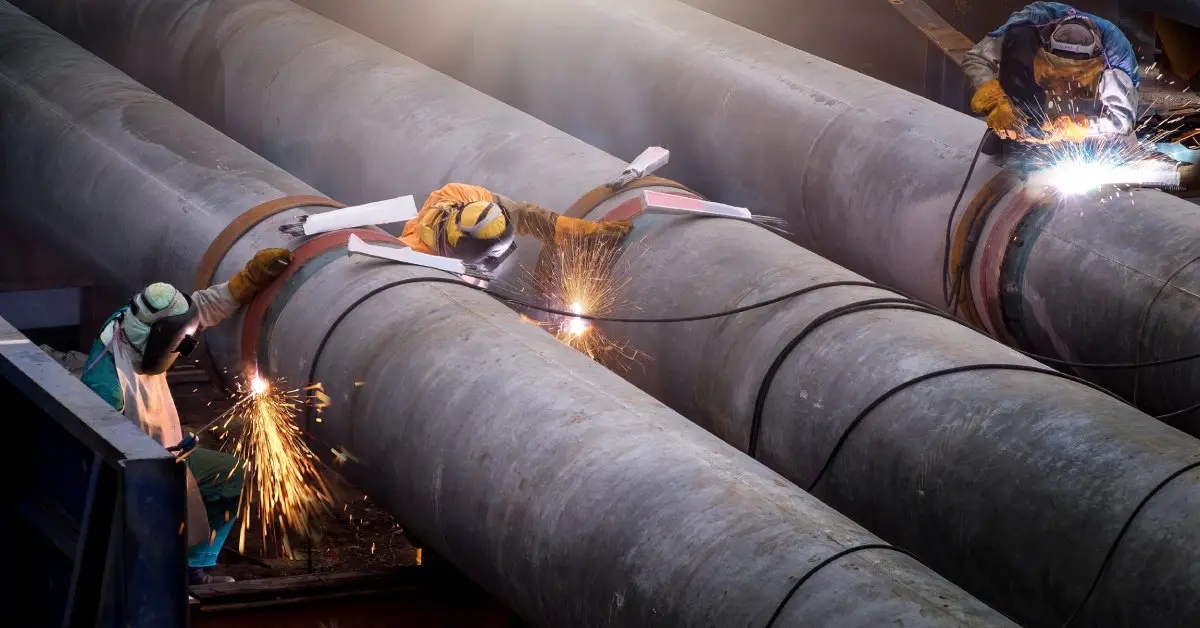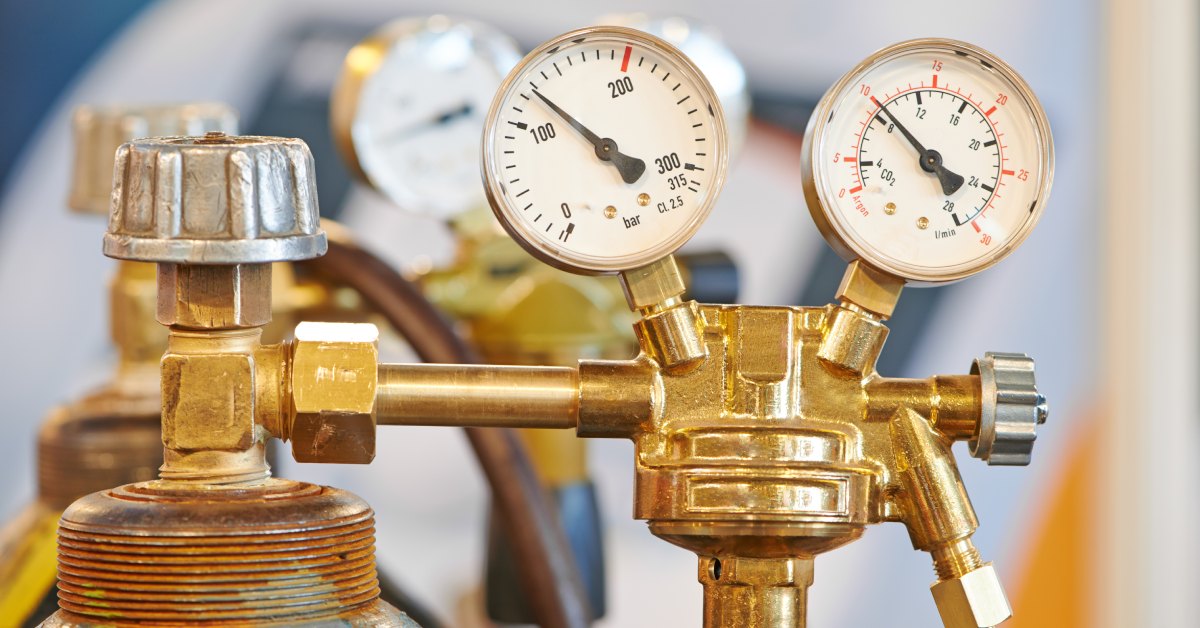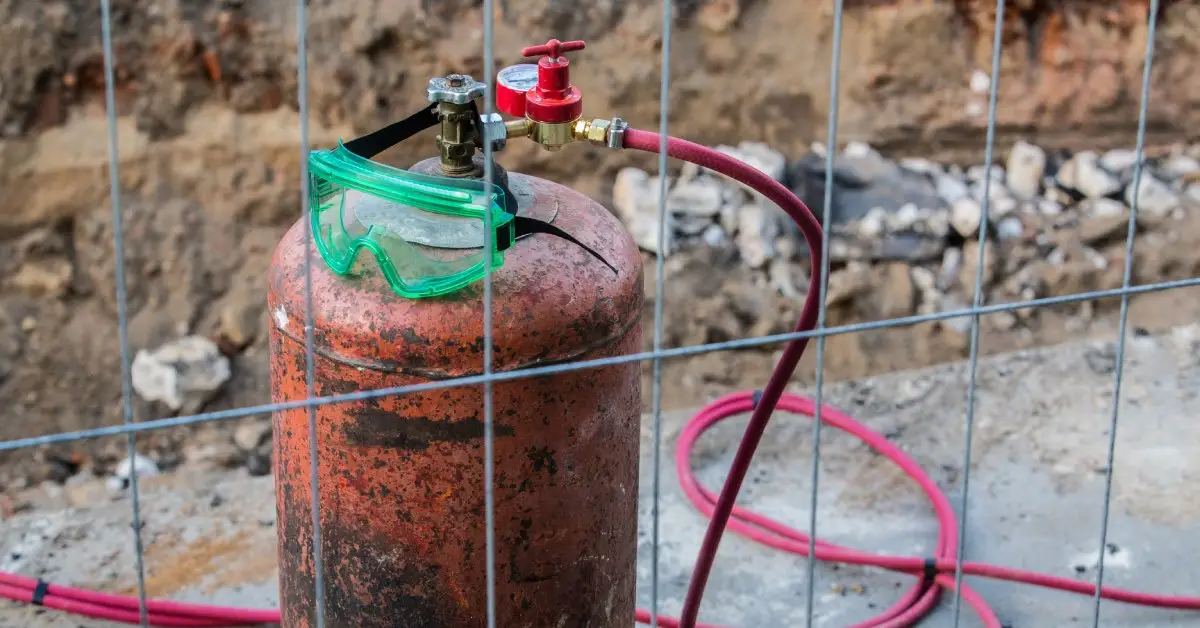
Welding is a craft that demands control and expertise. One critical yet often overlooked aspect of welding is effective purge-gas management. Whether you’re working on TIG, MIG, or specialized piping projects, understanding purge gases will improve weld quality, cost efficiency, and environmental sustainability. Continue reading for advice on optimizing your processes and achieving top-notch results.
Introduction to Purge Gas in Welding
Purge gas is used during welding to protect the molten weld pool from atmospheric contaminants such as oxygen, nitrogen, and water vapor. Without this shield, the weld can oxidize, weaken, or become structurally flawed, compromising its integrity. Skilled welding processes like tungsten inert gas (TIG) and metal inert gas (MIG) rely heavily on proper purge-gas applications, especially when welding stainless steel, titanium, and other reactive metals.
The Role of Purge Gas in Piping Projects
Purge gas is essential in piping projects, especially when dealing with complex spooling systems. By displacing atmospheric air, purge gas prevents oxidation inside the pipe to produce the highest-quality welds. This is vital for piping systems requiring high levels of structural integrity and leak prevention, especially in industries like petrochemicals, water treatment, and pharmaceuticals.
Common Types of Purge Gases
Selecting the right purge gas depends on the welding material and the desired outcome. Argon is the most used purge gas because of its inert properties and consistency, making it ideal for TIG welding on stainless steel and aluminum. Nitrogen works well for stainless steel and certain alloys, especially in environments where oxidation is a concern. Helium, known for its excellent shielding properties, is often combined with argon to achieve deeper weld penetration. By understanding the unique properties of these gases, you can confidently select the best option for your welding projects.
Selecting the Right Purge Gas for the Job
Choosing the right purge gas depends on several factors. First, consider the material type. Stainless steel requires an inert gas like argon, while certain alloys may perform better with nitrogen or a gas mix. Next, take the pipe size into account. Larger pipes often need a combination of argon and helium to provide optimal shielding across larger surface areas.
Finally, think about the welding environment. Controlled environments favor argon, while outdoor projects may benefit from blends such as argon-CO2. Selecting the proper gas for your setup improves weld quality and prevents complications.
Purge-Gas Flow-Rate Optimization
Getting the right flow rate is essential for cost-effective and efficient welding. Excessive gas flow causes waste and turbulence, while insufficient flow can compromise shielding and weld quality.
Optimize your flow using a meter to measure and control the gas output. Adjust the flow based on the pipe diameter and welding speed to suit the task at hand. Regularly monitor gas pressure to maintain consistent performance throughout the process. A well-calibrated M3 pipe spool welding machine supports balanced flow rates, especially during demanding welding tasks.
Techniques for Effective Purge-Gas Containment
Properly containing purge gas reduces waste. You can achieve this by using purge dams or inflatable bladders to seal off pipe sections, minimizing the area that requires gas coverage. Small gaps can compromise results, but sealing all fittings and pipes prevents leaks.
Before starting, use oxygen analyzers to detect and eliminate unwanted air pockets and monitor purge effectiveness. These steps maintain efficiency and produce high-quality welds every time.
Purge-Gas Equipment and Tools
Efficient purge-gas management relies on the right tools for the job. Disposable and reusable purge dams isolate and shield welding sites. Flow meters deliver consistent gas flow by monitoring application levels, while inflatable bladders are highly effective for blocking large-diameter pipes and optimizing containment.
Always follow proper safety protocols when working with purge-gas tools, and inspect equipment for damage before each use to avoid failures during operation. Additionally, use appropriate protective gear to minimize exposure to gases and cultivate a safe working environment. Investing in high-quality equipment achieves better results and reliability in your operations.
Cost-Effective Purge-Gas Management
Reducing purge-gas waste doesn’t have to sacrifice quality. Start by regularly inspecting and maintaining your equipment for proper function. Use gas only when necessary, and avoid letting it flow during non-welding intervals to cut unnecessary waste. For better efficiency, pair a high-performance welding machine with reusable purge dams. These simple steps can you keep costs in check without compromising performance.
Safety Considerations in Purge-Gas Usage
Safety is essential when working with purge gas, as improper use can create hazardous conditions like oxygen displacement or gas leaks in confined spaces. Incorporate proper ventilation to maintain a safe working environment, and regularly inspect gas lines and connections to identify and fix any leaks. It’s also essential to provide welders with gas detection devices to monitor potential dangers when working in enclosed spaces. Taking these precautions will create a safer workspace and prevent avoidable risks.
Troubleshooting Common Purge-Gas Issues
Even with thorough preparation, problems with purge gas can still occur. Addressing these issues quickly can minimize downtime and maintain weld quality. Contamination is often a result of leaks or improper sealing, so it’s important to check for these issues and always use clean, dry gas.
Uneven flow can disrupt the process, so inspect flow meters and gas hoses to ensure consistent delivery. Improper sealing is another common issue; confirm that purge dams or bladders are installed correctly with no gaps. Diagnose and resolve these problems to maintain smooth operations and safety.
The Environmental Impact of Purge Gas
Purge gases are essential for welding, but they can have significant environmental impacts. For example, argon is derived from finite natural resources, making it important to use it responsibly. To reduce your project’s carbon footprint, use gas-efficient tools and techniques to minimize waste.
Reusable equipment, such as inflatable bladders or metal purge dams, further decreases waste. Additionally, partner with companies that facilitate sustainable welding practices, such as SEC Industrial.
Welding Smarter
Mastering effective purge-gas management in welding is essential to achieving optimal weld quality, minimizing costs, and promoting safety. From selecting the right gas to maintaining proper flow rates and troubleshooting common issues, implementing these practices will streamline your workflow and enhance results.
Pairing these techniques with SEC Industrial’s reliable equipment guarantees top-tier results every time. Contact SEC Industrial today to optimize your purge-gas management and create a more sustainable business.

